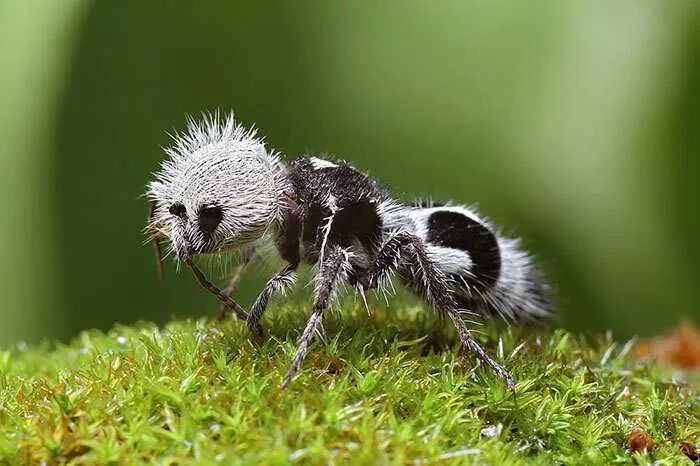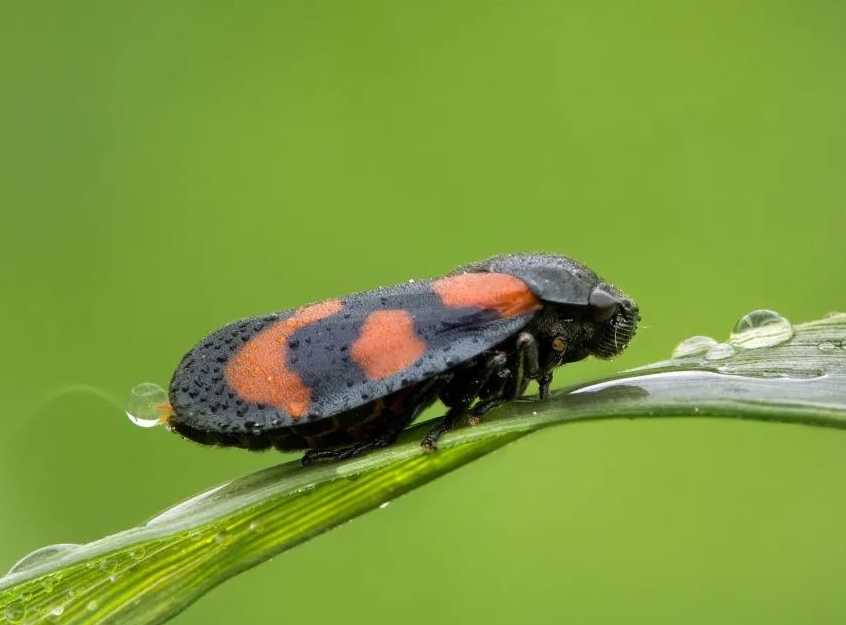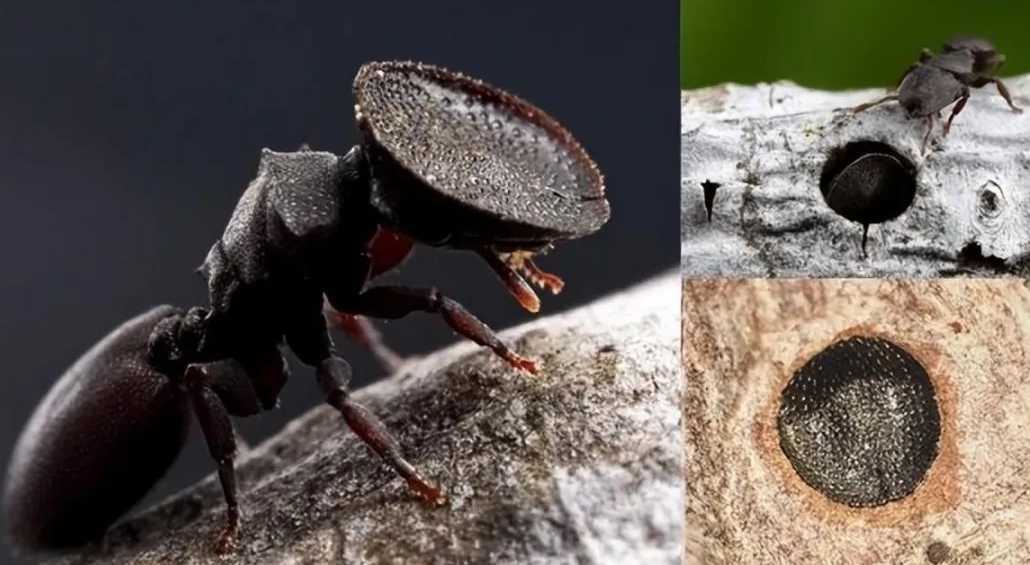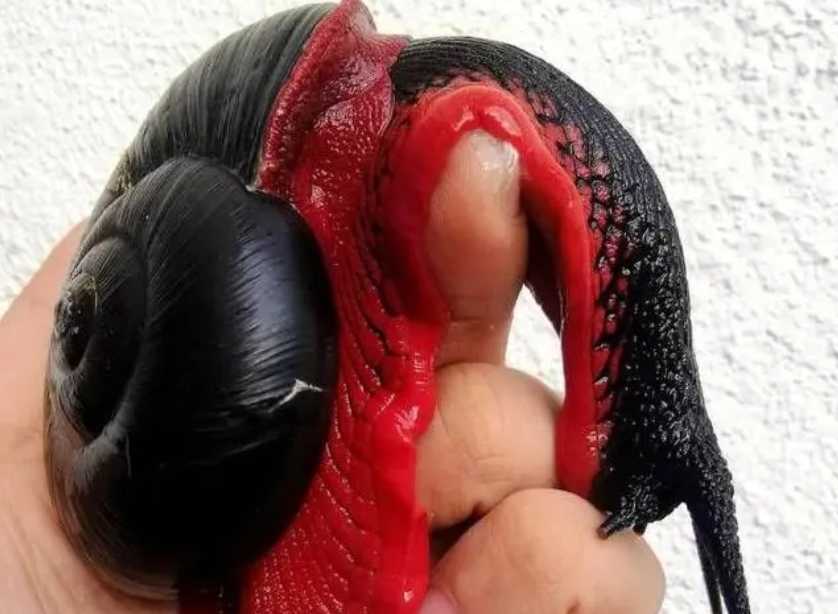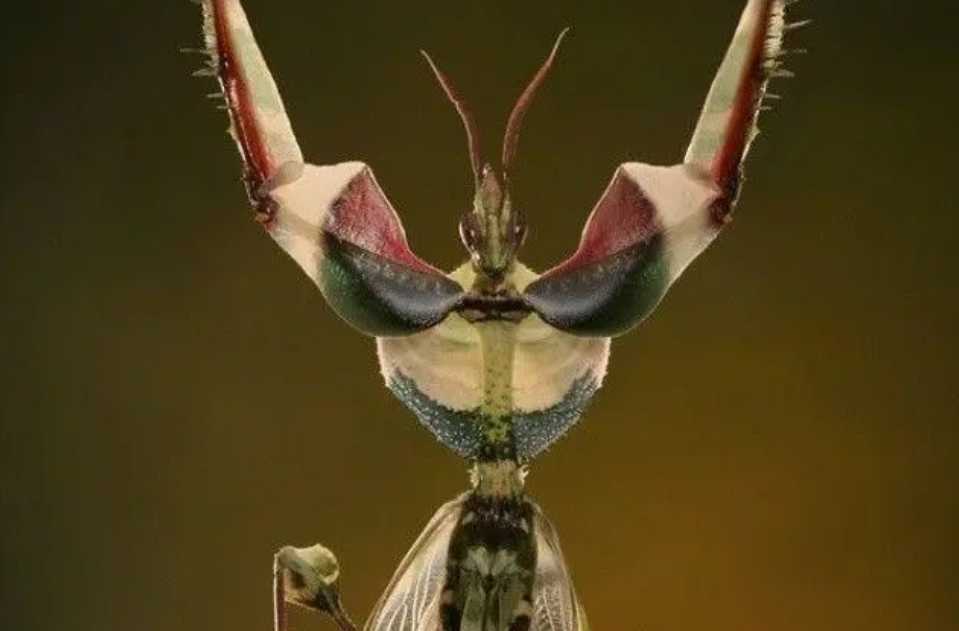Despite its name and ant-like appearance, the panda ant (Myrmecopsis sp.) is a wingless wasp belonging to the family Mutillidae. Found in arid regions of Chile and parts of Argentina, this striking insect has captivated entomologists with its black-and-white coloration—a pattern that belies its true identity and hides a painful secret.
The Panda Ant: Deceptive Black-and-White 'Ant' That's Actually a Wingless Wasp
Despite its name and ant-like appearance, the panda ant (Myrmecopsis sp.) is a wingless wasp belonging to the family Mutillidae. Found in arid regions of Chile and parts of Argentina, this striking insect has captivated entomologists with its black-and-white coloration—a pattern that belies its true identity and hides a painful secret.
Source: Images from the Internet, if there is any infringement, please contact the removal of
-
Mimicry and Warning Coloration
The panda ant’s body measures 8–10 mm, with a velvety black exoskeleton contrasted by white patches on its head, thorax, and abdomen. This bold pattern serves as aposematic coloration, warning predators of its potent sting. Females lack wings, resembling ants to blend into their environment, while males (rarely seen) have wings and a less dramatic color scheme.
-
Venomous Defense Mechanisms
Despite its small size, the female possesses a powerful stinger, earning it the nickname "cow killer" in some regions (though its sting is not lethal to humans). The venom is designed to subdue prey and deter attackers, making it one of the most feared insects in its habitat.
-
Parasitic Reproductive Strategy
Female panda ants are parasitic, laying their eggs in the nests of other ground-dwelling bees or wasps. Upon hatching, larvae feed on the host’s eggs and larvae, eventually pupating and emerging as adults. This behavior makes them important regulators of bee and wasp populations in arid ecosystems.
-
Nocturnal and Solitary Habits
Active primarily at night, the panda ant forages for nectar and water. Its dense body hair helps it collect pollen, contributing to plant pollination despite its parasitic lifestyle. Due to its secretive nature, little is known about its mating behaviors or population dynamics.
The panda ant’s unique morphology and life cycle have made it a subject of study for entomologists researching mimicry and parasitic evolution. Its presence in Chile’s arid zones also makes it an indicator of ecosystem health, though habitat destruction from agriculture and urbanization poses potential threats.
While not currently listed as endangered, the species’ reliance on specific host insects and arid habitats highlights its vulnerability to environmental changes. As with many lesser-known invertebrates, preserving the panda ant’s habitat remains crucial for maintaining biodiversity in Earth’s dryland ecosystems.
In the arid landscapes of South America, the panda ant stands as a testament to nature’s deceptive beauty. Its ant-like appearance and wasp-like biology remind us that in the insect world, looks can be profoundly misleading—and that even the most visually striking creatures may hide survival strategies as complex as they are surprising.
